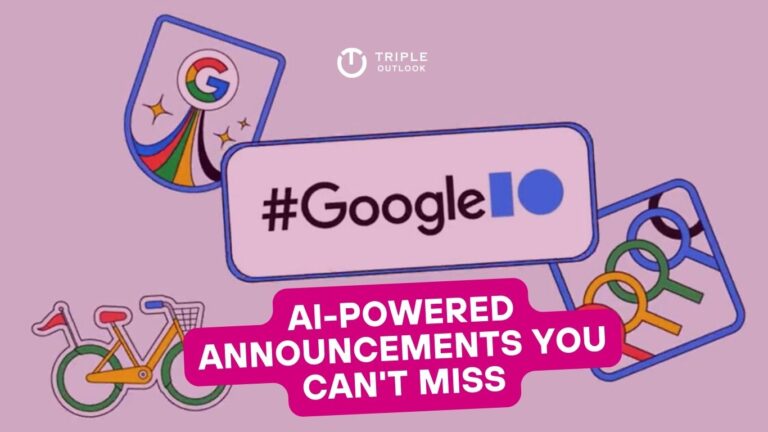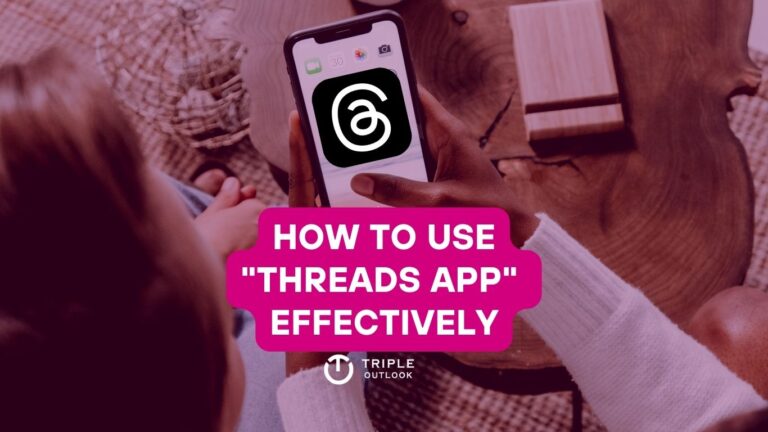Android 10 vs 11 Which is Better? Key Differences You Should Know
New versions of Android are exciting for people who have smartphones because they bring lots of improvements to the devices. Google recently released Android 12, but not all Android phones have the latest Android OS update yet.
Most Android phones are still running on Android 10 or Android 11, according to Google’s latest information from April 2023.
And do you know the fact that Android 11 is the most popular version with 23.5% of people using it, followed by Android 10 with 18.5%, and Android 12 with 16.5%?
Today, we are going to explore both the most popular Android versions along with key differences between Android 11 and Android 10. These versions bring new features and improvements to enhance the user experience. Let’s check them out.
All about Android 11
Android 11 is an updated version of Android that has some changes compared to Android 10. It was made with how people use their smartphones in mind. In Android 10, we got cool features like focus mode, which helps us concentrate, and dark mode, which changes the colors of our screen to be easier on our eyes. But in Android 11, we can do even more with these features. We can personalize them to make our phones feel just right for us. This means we can make our phone look and feel the way we like it!
Android 11 also brings many shortcuts and features that make using our phones easier and smoother. These new features are designed to give us a great experience. So, let’s explore some of the new features in Android 11.
- Prioritizing Conversations: In Android 11, messaging apps are given special importance. You can quickly read and reply to messages from different apps right from the notification area. You can also mark important conversations as “starred,” so they can break through the do not disturb mode and show up on your lock screen. There are two types of notifications: alerting notifications and silent notifications. You can choose which ones should stay active and visible.
- Screen Recording: In Android 11, there’s a built-in screen recording feature. You can easily record what’s happening on your screen. You can choose to record sound from your device only, your microphone, or both. You can access the screen recording option from the notification area, making it quick and convenient.
- Chat Bubbles: With Android 11, you can pin your favorite chats, and they will always stay on top of other things you’re doing. They appear as little bubbles on your screen, like a chat head, so you can keep chatting while doing other tasks. To use this feature, you need to find the chat thread in the notifications and long-press it. Then, choose the option to use chat bubbles. This works with popular communication apps on your phone.
- One-Time Permissions: Now, you have more control over app permissions in Android 11. You can give apps access to your location only once, instead of giving them permanent access. This means they have to ask for permission every time they want to use your location. You can also reset permissions for apps you haven’t used in a while, and you’ll be notified when this happens so you can stay in control of your privacy.
- Check Refresh Rate: Many smartphones now have high refresh rates, and Android 11 lets you check the screen’s refresh rate. You can find this information in the developer settings. It also allows real-time monitoring of the refresh rate at the top of the screen, depending on your phone’s performance.
- Camera Improvements: Android 11 includes optimizations for better camera performance in apps like Snapchat. Developers can also use new APIs to mute phone vibrations when the camera is in use. The stock camera app in Android 11 supports the latest camera features, allowing developers to test new apps using the latest camera technology.
- Digital Wellbeing: You can schedule when your phone switches to dark mode and use the bedtime mode feature, which silences your device and turns the screen to grayscale when it’s time to rest. You can track your screen time during the night, listen to calming sounds, and use the sunrise alarm feature, which gradually increases brightness to start the day refreshed.
- A New Way to Share Files: Android has its own version of Airdrop called Nearby Share or Quick Share. It works with multiple Android devices, Chromebooks, and devices running the Chrome Browser. For Google Pixel models, you can easily copy and share texts, making communication and sharing information much easier.
- Smart Replies and Keyboard Auto-Fills: On Pixel devices, the messaging app suggests quick replies based on your conversations. The keyboard remembers information you enter and helps you fill in forms quickly, like passwords or addresses. You can turn this feature on or off based on your preference, and it’s only available in the Google Messages app.
Android 10 Features
Android 10, also known as Android Q, came out in 2019 and brought many exciting features to Android devices. If you have a phone that came out after that, it probably has Android 10 already installed. Let’s learn about some of its important features.
- Sound Amplifier: Android 10 introduced a new feature called Sound Amplifier. It helps you hear things more clearly, like lectures, TV shows, or music. You can boost the volume, reduce background noise, and adjust the audio to suit your hearing needs. This makes using headphones much better and clearer.
- Gesture Navigation: Android 10 introduced a new way to navigate your phone without using buttons. Instead, you can use simple gestures to switch between apps. You can swipe to go back, go to the home screen, or even activate the virtual assistant on your phone. It makes it easier to use your phone without taking up space on the screen with navigation buttons.
- Privacy Control: Android 10 made it easier to control your privacy settings. You can now find all your privacy settings in one place, making it convenient to manage app permissions, account activity, and personal data. You can also choose what data is stored on your device and for how long. This means you can have a more personalized browsing experience, like seeing search recommendations based on what you’ve been searching for. You can also decide when your location is shared, whether it’s permanent or never.
These are just a few of the cool features that Android 10 brought to Android devices. It made using your phone more convenient, improved sound quality, and gave you more control over your privacy.
Key Differences Between Android 10 and 11
Here’s a comparison table highlighting some key differences between Android 11 and Android 10:
| Features | Android 11 | Android 10 |
| Conversations | Prioritizes communication apps, starred conversations | Not as advanced in organizing and prioritizing conversations |
| Chat Bubbles | Introduces chat bubbles for multitasking | Does not have chat bubble feature |
| Screen Recording | Built-in screen recording tool | Lacks a built-in screen recording feature |
| One-Time Permissions | Allows granting app permissions for a single-use | Permissions are more permanent unless manually revoked |
| 5G and Hinge-angle APIs | Provides APIs for 5G network status and foldable device angles | Does not have dedicated APIs for 5G and foldable devices |
| Nearby Share | Offers Android’s version of Airdrop | Does not have a similar file-sharing feature |
| Smart Replies | Suggests quick replies in messaging apps | Does not provide smart reply suggestions |
| Privacy Enhancements | More refined privacy settings, scoped storage, auto-reset | Some privacy improvements, but not as extensive as Android 11 |
| Camera Improvements | Improvements for third-party camera apps and camera HAL | Fewer optimizations and API enhancements for camera |
| Digital Wellbeing | Enhanced features like scheduled dark mode and bedtime mode | Some digital wellbeing features, but not as extensive as Android 11 |
| Performance | Dark mode scheduling, picture-in-picture size modification | Dark mode activation only |
Apart from the features we discussed earlier, there are some other differences between Android 11 and Android 10:
- Wi-Fi and Bluetooth Settings: In Android 11, the Wi-Fi and Bluetooth settings are always shown at the top of your screen. This makes it easier to connect to Wi-Fi networks and manage Bluetooth devices quickly. However, in Android 10, these settings are not permanently visible on the screen.
- Auto-connect/Disconnect: In Android 11, you can choose to automatically connect or disconnect from a specific Wi-Fi network. This means that your device can connect to your favorite network without you needing to do anything. But in Android 10, this feature is not available, so you have to manually connect or disconnect from networks.
- Storage Management: Android 11 provides more options to manage your storage effectively. You have different ways to free up space and make your device run smoothly. However, in Android 10, you can only free up space by going to the settings menu.
- Sound Control: In Android 11, you have more control over sound settings. You can change the ringtone and notification volumes together, dismiss media sound control from the notification tray, and even monitor external speakers connected to your phone. But these features are not available in Android 10.
These are some of the differences between Android 11 and Android 10. Each version has its unique features that make using Android devices more convenient and enjoyable.
Conclusion
We’ve explored some key differences between Android 11 and Android 10, highlighting their unique features and improvements. Android 11 introduced enhanced conversation management, chat bubbles, screen recording, one-time permissions, new APIs, and more. On the other hand, Android 10 brought features like a sound amplifier, gesture navigation, privacy controls, and digital wellbeing.
In our next post, we will delve into more recent versions of Android and discover the exciting features they bring. Stay tuned for our exploration of Android’s ever-evolving world! Stay tuned!







